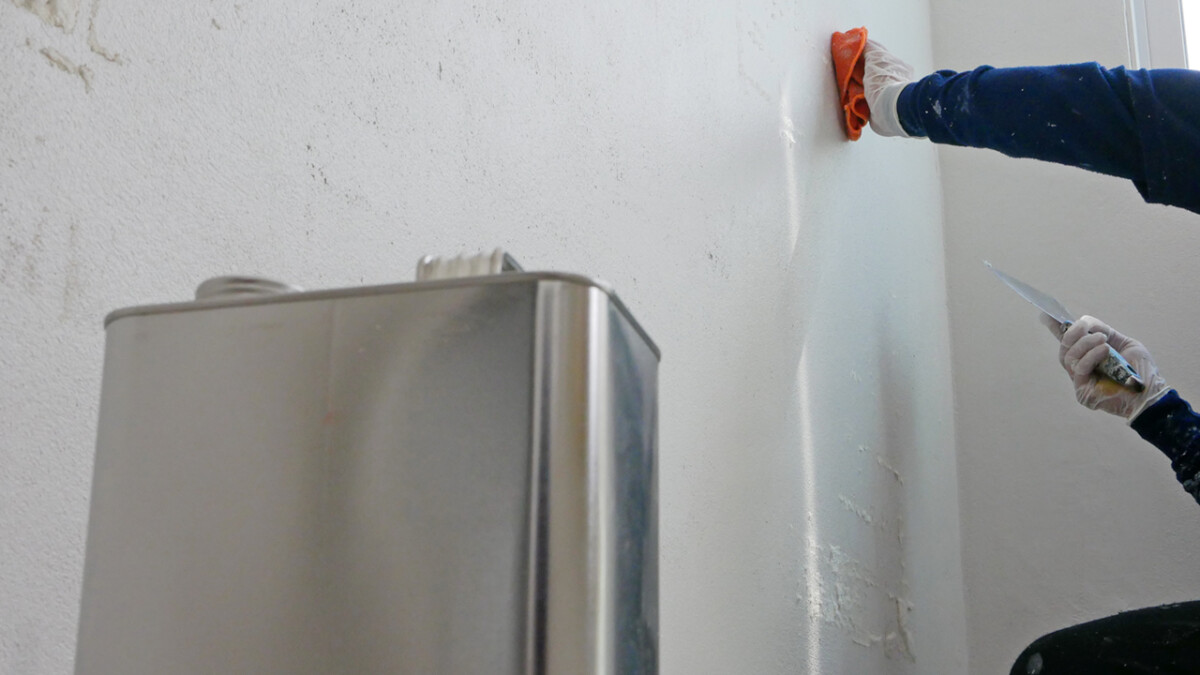Chemical burns can be complicated injuries that require extensive treatment. At Burn and Reconstructive Centers of America (BRCA), our multidisciplinary approach to burn injuries promotes the best possible outcomes for all patients treated at our nationwide care centers. While BRCA encourages patients to seek medical attention when an injury occurs, we do our best to educate online and in-person communities on the risks, treatments and preventions of various burns, wounds and skin and soft tissue disorders for better care and recovery.
What is a chemical burn or irritation?
A chemical irritation occurs when a mild chemical causes skin, eye or respiratory reaction. You may suffer a chemical burn if exposed to mild chemical agents for extended periods or more severe ones. A chemical burn occurs when a corrosive agent causes irritation or damage to the skin and soft tissue.
What is paint thinner?
Paint thinner describes several different substances used to strip or dilute paint, clean brick, etch concrete and maintain swimming pools. OSHA classifies many of these substances as Class II combustibles which are highly flammable and should be stored and used appropriately. These products should only be bought at reliable paint stores for quality purposes, and all directions should be read before use.
What are the ingredients in paint thinner?
Paint thinner is a general term to describe a variety of chemical agents. Some of the most common paint thinners include:
- Turpentine
- Isopropyl alcohol
- Naphtha
- Acetone
- Methyl ethyl ketone (MEK)
- Dimethylformamide (DMF)
- 2-Butoxyethanol
What are the signs and symptoms of paint thinner irritation or chemical burn?
The most significant risks associated with paint thinner products are the toxicity and combustibility of the substances. Many of the substances listed above are extremely flammable; if used in enclosed spaces, the fumes can build up, causing a fire or explosion hazard. These agents can also be deadly if ingested and cause severe complications with prolonged inhalation or contact exposure.
The symptoms of paint thinner irritation or burns to the skin include:
- Redness
- Irritation (itching, tingling, burning, numbness)
- Pain
- Skin peeling or sloughing
- Changing skin or tissue color
- Blistering
The symptoms of paint thinner irritation or burns to the eye include:
- Redness
- Pain
- Irritation (itching, burning)
- Conjunctivitis
- Swelling
- Blurred or double vision
- Temporary or permanent vision loss
The symptoms of paint thinner inhalation include:
- Mouth, throat or nose irritation (itching, tingling, burning)
- Pain
- Shortness of breath
- Dizziness
- Nausea
- Headache
Untreated wounds and inhalation injuries can complicate recovery.
Pre-hospital treatment for paint thinner exposure
If you come into contact with paint thinner, immediately wash the area with soap and water. Sterile water or saline is not necessary. Rinse the exposed area with water or saline continuously for at least 30 minutes. Chemical burns can be delayed, and symptoms might not appear until hours after the exposure. Regardless of how long the paint thinner has been on your skin, the area may be red. If this redness persists or continues to grow or change colors, this is cause for concern as the chemical may still be present. Only mild, first-degree burns should be treated at home. Second-degree burns larger than the palm of your hand, and all third-degree burns should be seen by a doctor or burn specialist.
Seek medical attention if the affected area begins to look infected, showing signs of:
- Growing redness
- Oozing or discharge
- Pain around the affected area
- Pain in other areas
- Foul odor
- Fever
BRCA only recommends at-home care for chemical irritation and burns when supplemented by a visit to a doctor or burn center. Chemical burns are a medical emergency, and medical attention should be sought during or immediately after irrigation. Irrigating or washing the affected area with tap water or sterile saline is the only treatment advised for at-home care as it is an important step in minimizing the damage. Be careful to make sure the chemical doesn’t splash into your eye when irrigating.
You should never attempt to neutralize chemicals at home, as this could lead to further chemical reactions and injury. If some of the product is ingested, please call poison control at 800-222-1222.
Prevention Tips
While handling paint thinner substances at home or work, precautions should be taken to help avoid exposure to corrosive substances that may cause mild to moderate irritation or severe chemical burns. To help prevent possible exposure and injuries, please consider the following safety tips:
- Do not smoke while using paint thinner products.
- Do not mix paint thinners with anything other than paint.
- Wear safety equipment such as goggles and respirators.
- Do not use paint thinners in closed spaces as breathing in the fumes may cause headaches, nausea, dizziness and breathing problems. Prolonged exposure may lead to more severe symptoms.
- Keep paint thinner away from acidic substances.
- Do not eat while around or using paint thinner as the toxic agent may transfer to the food and cause moderate to severe digestive issues.
- Keep paint thinner from open flames, heat or other combustible materials.
- Wash all areas that may have been exposed with soap and water.
- Do not transfer chemical substances to unlabeled containers.
Further Information
For more information about chemical burns, please visit our website at www.burncenters.com. If you suffer from a paint-thinner burn, please don’t wait to seek help. Call our experts 24/7 at (855) 863-9595 for your non-emergent needs. For emergencies, please call 911 or, if a potentially hazardous substance has been swallowed, call the Poison Control Hotline at (800) 222-1222.
For more information on chemical burns, please click here.
For information on bleach burns, please click here.
For information on battery acid burns, please click here.
For information on chemical burns from hair dye, please click here.
For more information on sepsis, please click here.
